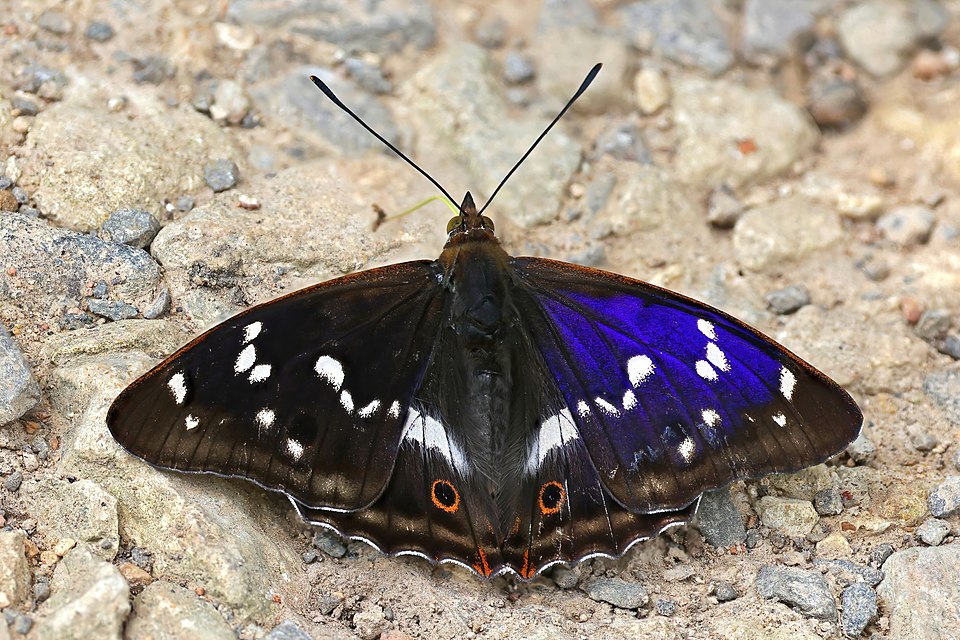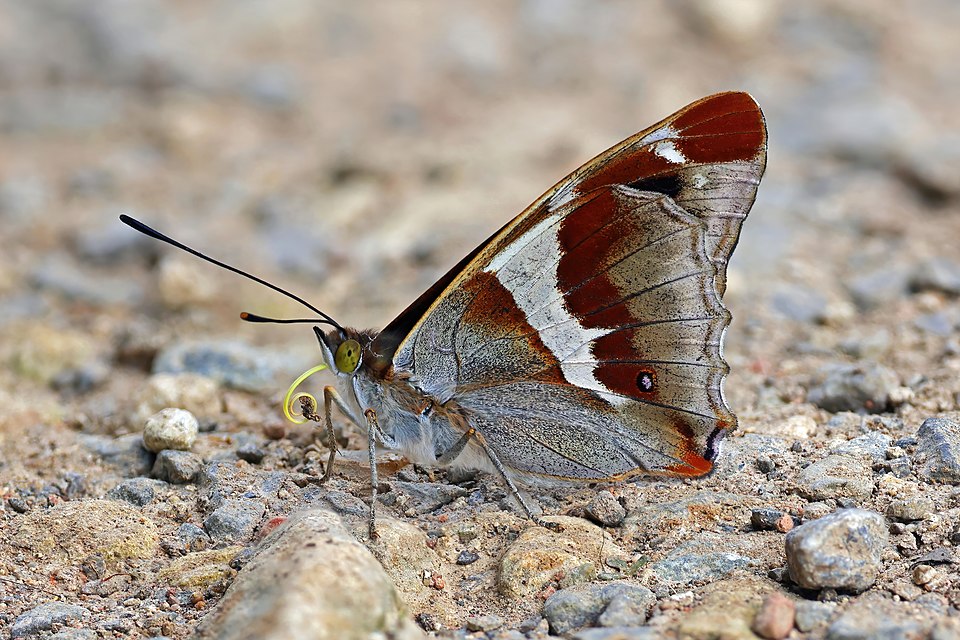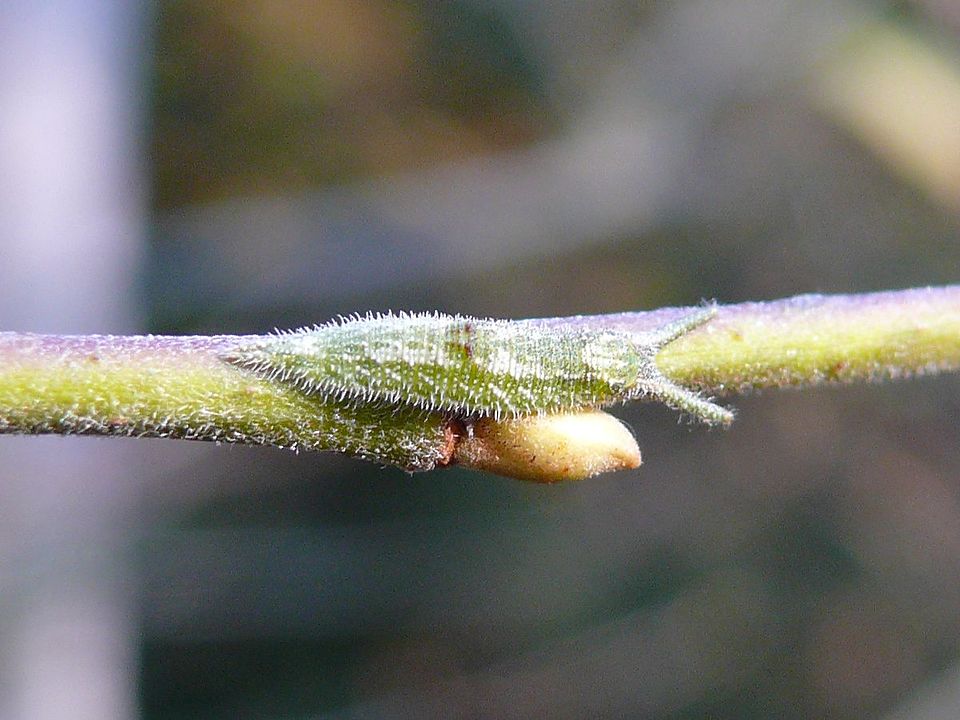On July 1st, conservations at the acclaimed Knepp Wildland farm, regarded as one of the origins of the current ‘(Re)Wilding’ movement under the dedicated supervision of proprietors Isabella Tree and Charles Burrell, recorded an astonishing 283 purple emperor butterflies in one day. This figure is believed to be the highest ever daily count of the vulnerable yet striking Papilionidae native with its iridescent wings.
The purple emperor, Apatura iris, is a species long cloaked in mystique. Males spend much of their lives high in the tree canopy, descending only to feed on aphid honeydew or animal dung. For much of the 20th century, their numbers dwindled, as has so often been the case due to habitat loss and the destruction of woodland edges and the sallow trees essential for their breeding.
Knepp’s suite of rewilding projects have been steadily rolled out over their 3,500 acres of former arable land over the past decade. The pioneering couple have traded in intensive agriculture for a bold experiment in ecological restoration. Rather than adopting the micromanaging strategies that have characterised conservation for generations, they have chosen to adopt a more radical ‘laissez faire’ philosophy which allows nature to shape the dynamic processes of ecosystems.
The results have been remarkable. Alongside the rise of the purple emperor, Knepp has seen the return of turtle doves, nightingales, and even nesting white storks, species absent from much of the English countryside for generations. Beavers were reintroduced in 2020 and are now reshaping watercourses in ways that benefit wetland flora and fauna alike.
“This is what nature does when you stop trying to control it,” Said Tree, who is also author of the eminent book, Wilding, which tracks their early experiences. “By creating the right conditions, sallow scrub, open rides, undisturbed woodland margins, we’ve given this incredible butterfly the chance to thrive.”
She’s not alone in her enthusiasm. Neil Hulme, a butterfly expert with Sussex Wildlife Trust, has spent years monitoring purple emperor populations. “Knepp has the largest and healthiest population I’ve ever seen,” he said. “To walk among dozens of them on a summer’s day is like stepping into a fairytale.”
The couple’s approach rejects the planting of trees in tight rows or the preserving of set-aside areas. They have also famously introduced free-roaming species such as Tamworth pigs, Exmoor ponies, red and fallow deer. These native herbivores uproot the soil, trample bramble bushes, and create a patchwork of open scrub, meadows, and, with time, regenerated woodland. This habitat variety is exactly what purple emperors, and many other species, need to thrive.
Knepp’s philosophy has been driving projects across the country and influencing landowners and councils across Britain.
The timing could hardly be more crucial. With Britain facing biodiversity decline and struggling to meet climate goals, rewilding offers a practical, hopeful path forward. It bridges conservation and climate resilience by restoring soil, increasing carbon storage, and protecting watersheds, all while bringing back the species that once defined our country.
Of course, rewilding is not without controversy. Some farmers remain sceptical, citing concerns over food production and land use. But the evidence from Knepp is compelling: nature’s recovery is not only possible but it can be rapid, vivid, and work to restore the connection of British people to their native soil.

Male Purple Emperor ButterflyCharles J. Sharp

Underwing of the same male

Purple Emperor CaterpillarHarald Supfle
